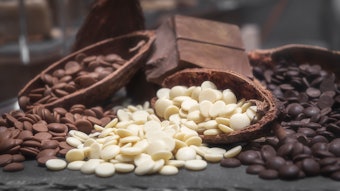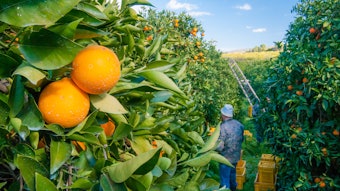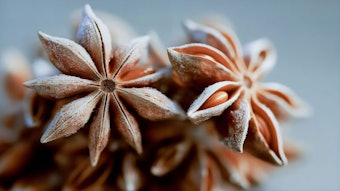
Whether it’s your favorite cooling toothpaste, a breath-freshening piece of gum after your morning coffee, or an after-dinner mint, peppermint and spearmint have long been the flavors of choice. Mint flavoring in gum dates back to the late 1800s, when William White discovered how to flavor chicle using peppermint as the first flavor, naming this new product Yucatan Chewing Guma. Often—especially as the wave of the health-conscious, natural seeking consumer base grows—these flavors start on a farm in backyards across the United States.
Global Mint Growing Regions
Peppermint and spearmint are grown across the world in a variety of areas, but right now, the majority of the mint used for commercial purposes is grown within or near the confines of the 45th and 49th parallels. Ranging from the Willamette and Yakima Valleys of the Pacific Northwest to the Great Lakes area of the Midwest and all the way across the world to Uttar Pradesh in India, peppermint, spearmint and Mentha arvensis are grown to meet the needs of the world. Currently, the United States growing region classified as Eastern Oregon and Idaho produces the most peppermint oil on an annual basis with about 1.5 million pounds of raw peppermint oil. This equates to roughly one-third of the peppermint oil produced in the United States.
When comparing this to the amount of mint oil produced in the Indian market, we see that North American oil production (although it is viewed to be of higher quality) is just a fraction of the oil produced in India. Peppermint is the second largest mint related crop at about 1.72 million pounds of oil, compared to Mentha arvensis at roughly 84 million pounds of crude oil. Reference F-1 for a comparison between North American and Indian oil production.











